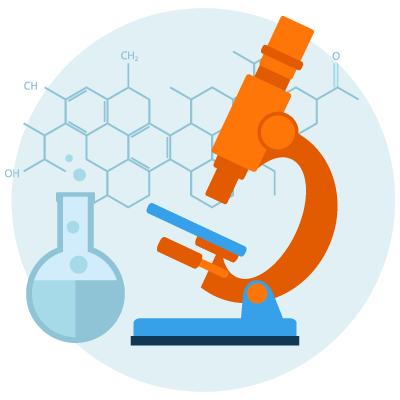Multiple sclerosis (MS) affects more than 33,000 Australians. In MS, myelin, a substance that insulates and protects nerves in the brain and spinal cord, is attacked, leading to damage to brain cells and disability.
Repairing the damage to the myelin (remyelination) protects brain cells from further damage. While current treatments can reduce relapses in MS, they may not necessarily prevent long-term damage and do not work in all people living with MS. New treatments that protect and repair the brain are desperately needed.
Dr Sarrabeth Stone and her team are investigating microglia, a type of caretaker brain cell that can promote myelin repair. Microglia are an excellent target for the development of new treatments for MS. This project focuses on understanding how microRNA, a type of molecular control switch, can be used to direct microglia to repair myelin effectively.
This research will open new avenues to new therapies that promote repair and regeneration in the brain and spinal cord of people living with MS.
Over the past year, Dr Stone and her team have comprehensively investigated microRNA produced by microglia in the laboratory. They identified several candidate microRNA – that are present in higher levels in microglia – as targets to promote remyelination. Dr Stone has been studying how these microRNA alter the way that microglia behave to find the ones that most strongly promote remyelination. These studies have led her and her team to identify a microRNA that helps microglia remove damaged myelin. This is crucial, as old, damaged myelin must first be removed for myelin repair to occur. Dr Stone is preparing a manuscript on this research for publication in a peer-reviewed scientific journal.
Over the next 12 months, Dr Stone and her team will continue laboratory studies to identify microRNA candidates with the highest potential to promote remyelination. They will study these candidates in preclinical laboratory models and begin assessing microglial uptake of microRNA that has been loaded into extracellular vesicles (sub-cellular packages that carry messages or materials to other cells). The long-term aim of this project is to develop a novel microRNA-based therapy that promotes myelin repair to improve health outcomes for people living with MS.
Last updated 31 March 2025
Ms Michele Binder
$249,566
2024
3 years
Current project




